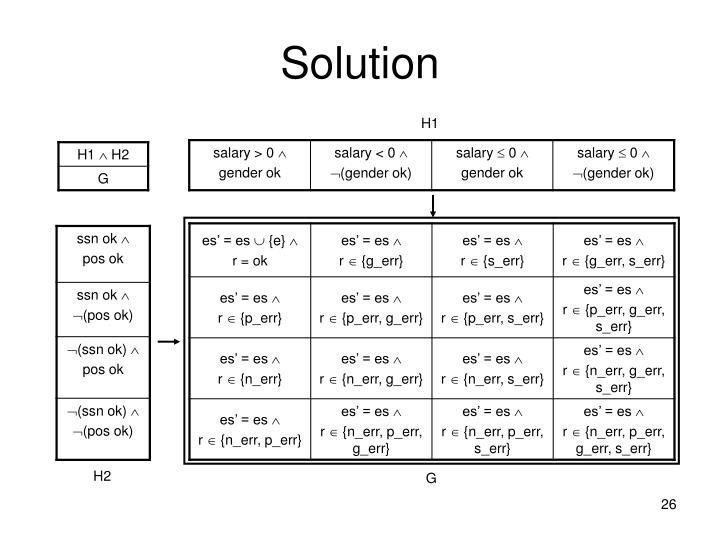

These terms from the first list are then seperated into groups in the second list. Tabulate the index groups in a colunm and insert the decimal value alongside.įrom the first list, we combine terms that differ by 1 digit only from one index group to the next. To make things easier, change the function into binary notation with index value and decimal value. The necessary condition for combining two terms is that the indices of the two terms must differ by one logic variable which must also be the same. This indicates that the number of 1's in a term is significant and is referred to as its index. This is because the FIRST RULE of the Tabular method for two terms to combine, and thus eliminate one variable, is that they must differ in only one digit position.īear in mind that when two terms are combined, one of the combined terms has one digit more at logic 1 than the other combined term. Note that these variables cannot be combined Listing the two minterms shows they can be combined Inverted form by 0, and the abscence of a variable by a dash ( - ).Ĭonsider a function of three variables f(A, B, C): As usual a variable in true form is denoted by 1, in The function, although decimal notation is also used for theįunctions.

The tabular method makes repeated use of the law A + = 1. These prime implicants are then examined to see if some are redundant. Many variables are eliminated as possible. Sum of products form to a set of prime implicants from which as Programs have been developed employing this algorithm. Particularly useful when minimising functions having a large The tabular method which is also known as the Quine-McCluskey method is This is because the tabular method is based on these principles. In order to understand the tabular method of minimisation, it is best you understand the numerical assignment of Karnaugh map cells and the incompletely specified functions also known as the can't


 0 kommentar(er)
0 kommentar(er)
